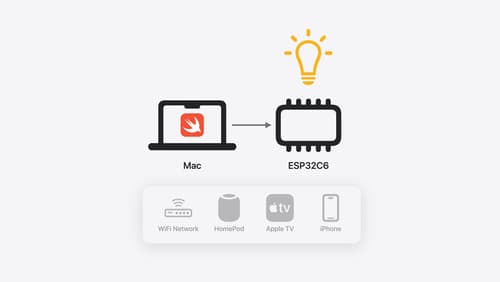how to run the swift compiler
Asked on 2024-08-22
1 search
To run the Swift compiler, you typically use the swift build command in your terminal. This command is part of the Swift Package Manager, which is used to build Swift packages. Here's a basic example of how you might use it:
- Open Terminal: Navigate to the directory containing your Swift package.
- Run the Build Command: Execute
swift buildto compile your Swift code.
If you're interested in cross-compiling Swift code, for example, building a Swift package on macOS to run on a Linux server, you can use the fully static Linux SDK for Swift. This involves specifying the target environment and linking against the necessary libraries. Here's a brief overview of the process:
- Install the fully static Linux SDK for Swift.
- Use the
swift buildcommand with appropriate flags to specify the target environment, such as ARM 64 Linux.
For more detailed instructions on cross-compiling, you can refer to the session What’s new in Swift (07:34) from WWDC 2024, which covers cross-compilation to Linux.

Migrate your app to Swift 6
Experience Swift 6 migration in action as we update an existing sample app. Learn how to migrate incrementally, module by module, and how the compiler helps you identify code that’s at risk of data races. Discover different techniques for ensuring clear isolation boundaries and eliminating concurrent access to shared mutable state.

Go small with Embedded Swift
Embedded Swift brings the safety and expressivity of Swift to constrained environments. Explore how Embedded Swift runs on a variety of microcontrollers through a demonstration using an off-the-shelf Matter device. Learn how the Embedded Swift subset packs the benefits of Swift into a tiny footprint with no runtime, and discover plenty of resources to start your own Embedded Swift adventure.

Platforms State of the Union
Discover the newest advancements on Apple platforms.
